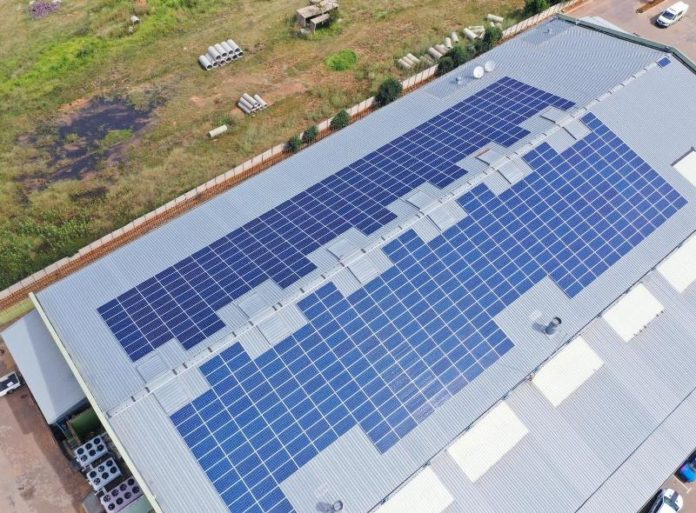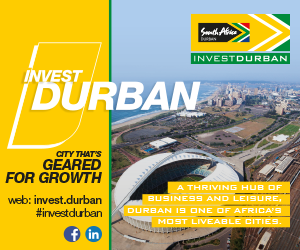The Selby BRT depot, which will service two Rea Vaya BRT operating companies, will be utilised for major and minor maintenance of buses for maintaining in-service buses and out-of-service buses. The centrally-located depot will minimise dead mileage as well as minimise the time lost by buses in traffic congestion between depots and route starting points.
The JDA is a wholly-owned area-based development agency of the City of Johannesburg with an emphasis on the development of resilient, sustainable and liveable urban areas in identified transit nodes and corridors. This means that as an area-based development agency, we are more than just a project management agency or an economic development agency.

The JDA operates within the context of the spatial transformation of South African cities to correct the spatial and systemic inequalities created by past regimes of segregation. This is the foremost goal of urban development in the coming years. A more equitable, more just city is one that extends access to a range of opportunities and services to all of its
citizens. This is aligned to the City of Johannesburg’s Growth and Development Strategy (GDS) 2040.
One of the GDS 2040 outcomes is to provide a resilient, liveable and sustainable urban environment – underpinned by smart infrastructure supportive of a low-carbon economy. The JDA is currently revamping the existing Selby bus depot in the Johannesburg inner city, to turn it into a state-of-the-art Rea Vaya Bus Rapid Transit (BRT) depot for Phase 1B and Phase 1C operations.

The JDA, on behalf of the City of Johannesburg’s Department of Transport, is undertaking the construction of the Selby BRT in three phases, namely phase 2A, phase 2B and phase 2C.
The Selby BRT depot, which will service two Rea Vaya BRT operating companies, will be utilised for major and minor maintenance of buses by maintaining in-service buses and out-of-service buses. The centrally-located depot will minimise dead mileage, as well as minimise the time lost by buses in traffic congestion between depots and route starting points.
In 2013, the JDA developed the first depot in Meadowlands in Soweto. The Selby BRT depot is being revamped to be on par with the Meadowlands depot, which is environmentally friendly and custom-made for Rea Vaya buses.
Phase 2B, covering the construction of the bus depot workshops and refuelling garages and Phase 2C, which involves the construction of the administration building, are currently underway.
The scope of work for Phase 2B includes extensive alterations, refurbishments and additions to an existing workshop building. This includes the construction of a new refuelling building, a new double-volume wash-bay building, two new refuse buildings, a new gate house, civil works, stormwater infrastructure, concrete paving panels with layerworks, and mechanical and electrical installations.

This construction also plays a role in job creation and skills development, with 30% of the contract value being awarded to SMMEs.
Environmentally-friendly features include lights controlled by sensors, a robust, mild-steel sheeting for the roof, cladding to help with climate control, and a noise-wall barrier erected around the premises. The roof structures will also allow direct sunlight into the building to reduce the need for artificial lighting. Water is recycled for reuse in the buildings and the wash bay.
Work planned for Phase 2C includes the redevelopment and refurbishment of an existing administration building. This comprises demolition works to various areas, the refurbishment of workshop areas, construction of a new canteen and gymnasium, the construction of new offices, administration rooms, boardrooms and storerooms, the construction of a new main foyer and reception areas and the refurbishment of courtyard spaces.
The construction of additional toilet blocks, new lifts to aid accessibility, service ducts, new pedestrian and vehicular access with security offices, external works and the installation of electrical and mechanical infrastructure will also be undertaken.

Phase 2A, now complete, entailed the construction of the perimeter fence, bus parking area platform, site access road, main parking area driveway upgrade and the construction of the main entrance road into the depot (along the Pat Mbatha Road intersection with Ignatius Street).
Once completed, the Selby BRT depot, which was formerly used by Putco Bus Company, will accommodate up to 270 buses and feature an administration building, maintenance building, washing and refuelling bays and an Intelligent Transport System (ITS) control centre. The administration block features ablution facilities, a canteen, offices and staff and visitors parking.



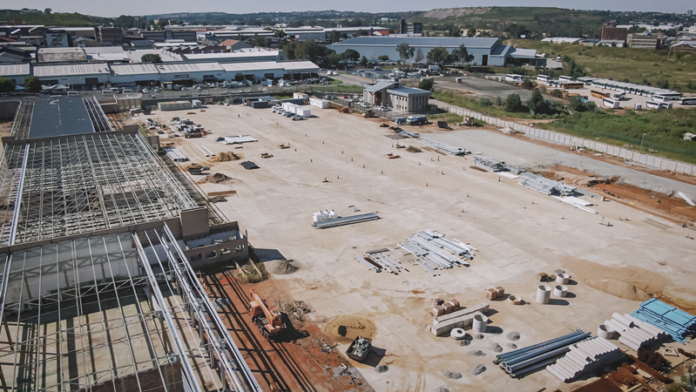
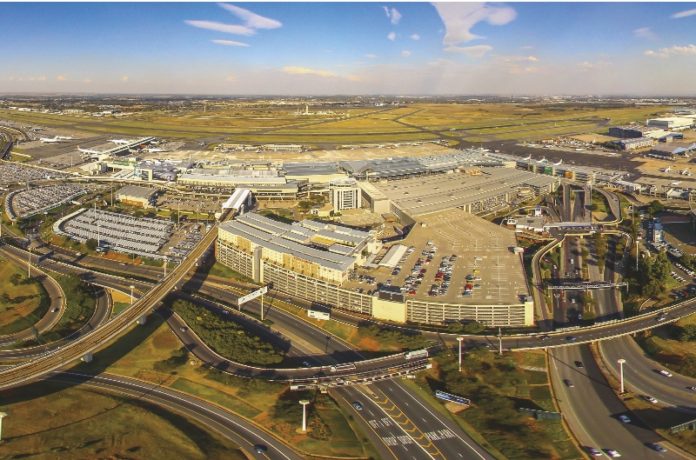

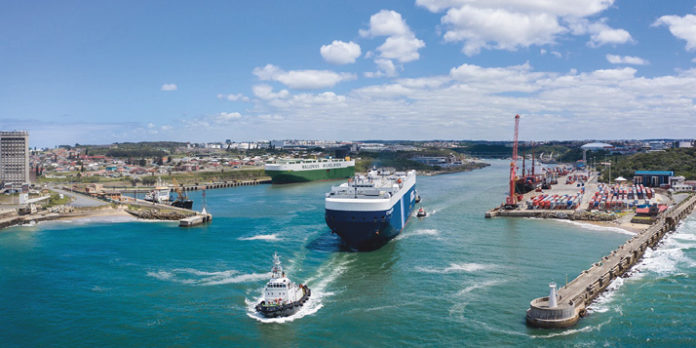




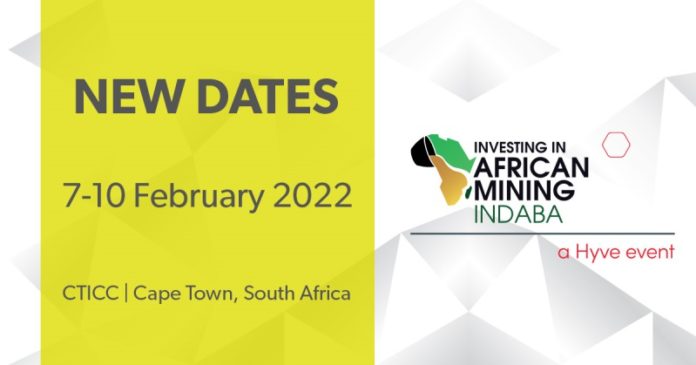

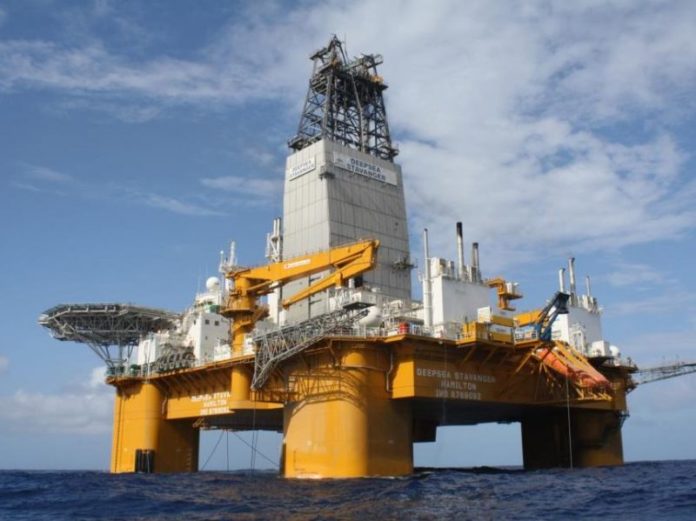


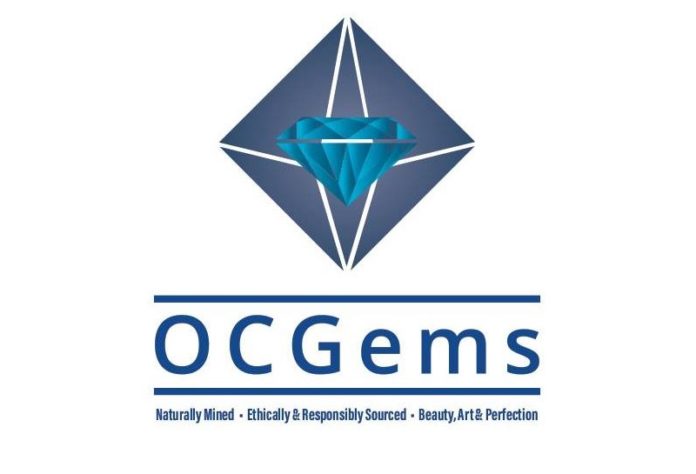

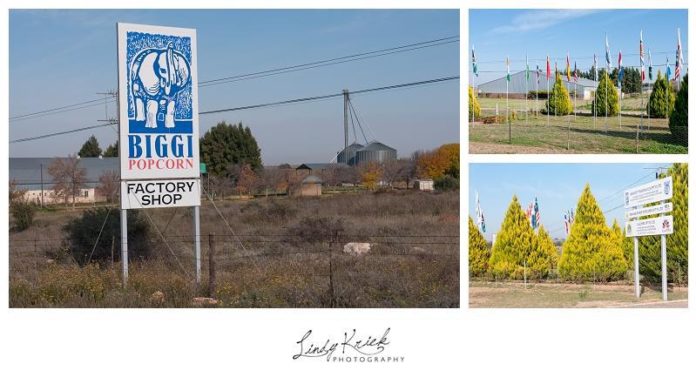

 Mushroom popcorn
Mushroom popcorn